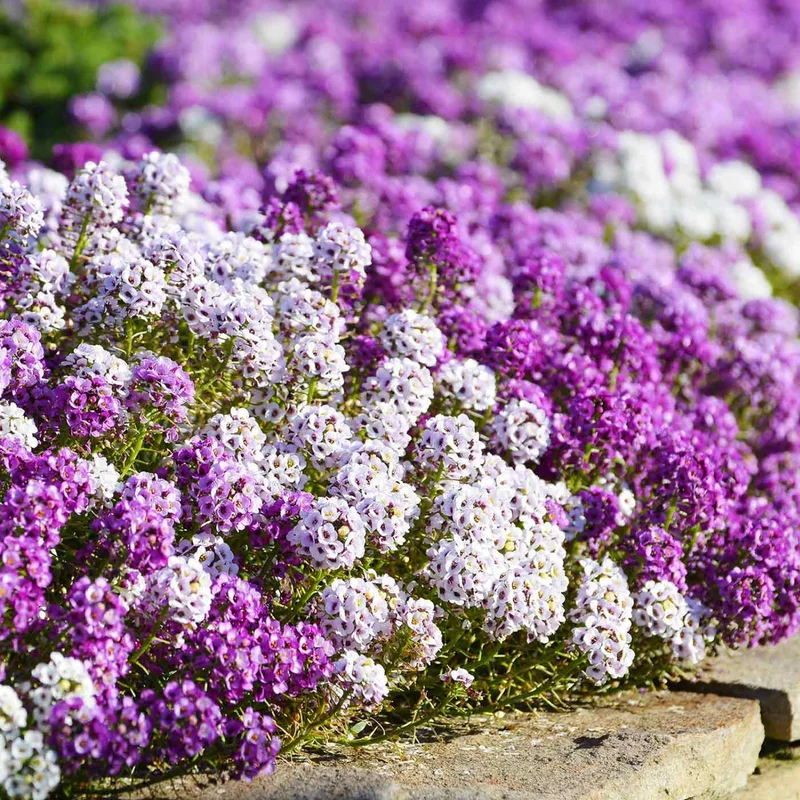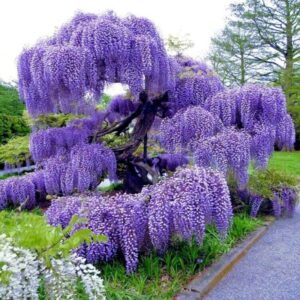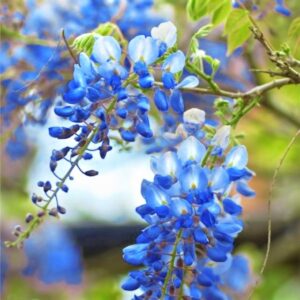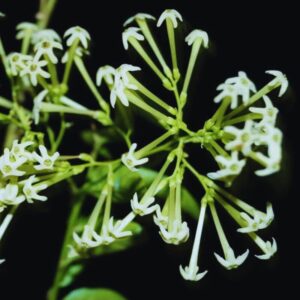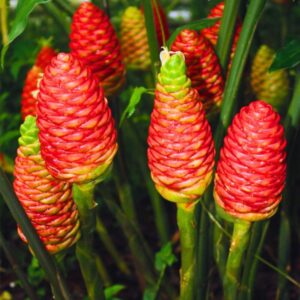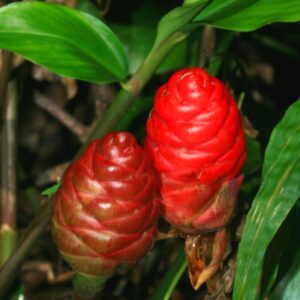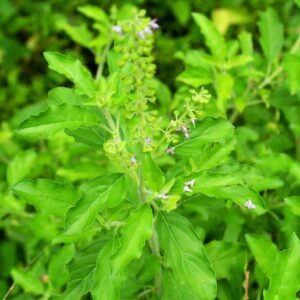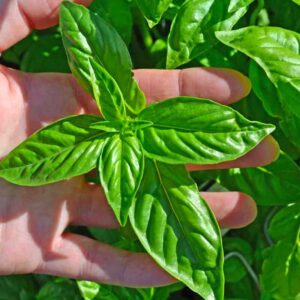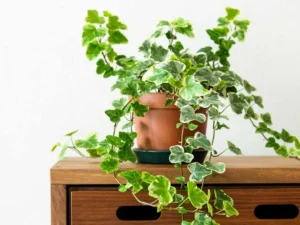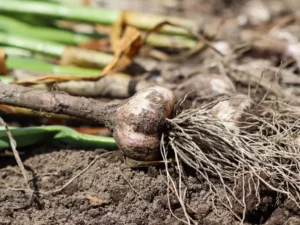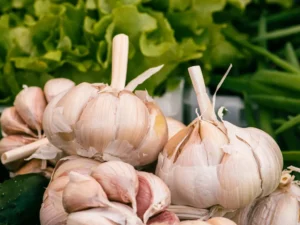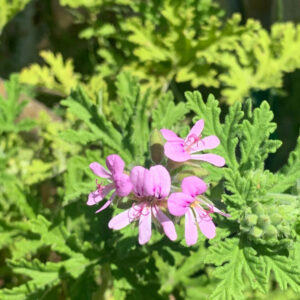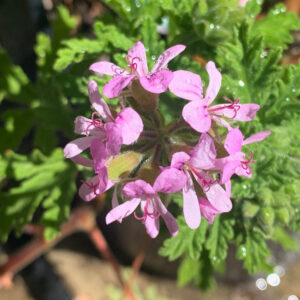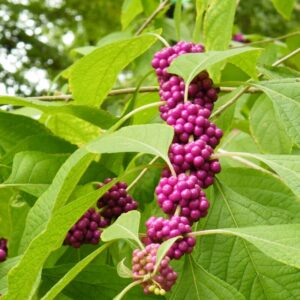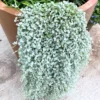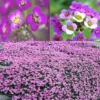Purple Sweet Alyssum Live Plants – Set of 3 Hardy Perennials, 8 Inches Tall in 3-Inch Pots for Colorful Garden Borders
Purple Sweet Alyssum Live Plants – Set of 3 Hardy Perennials, 8 Inches Tall in 3-Inch Pots for Colorful Garden Borders
Enhance your garden with Purple Sweet Alyssum Live Plants. These hardy perennials grow to 8 inches tall, perfect for vibrant garden borders.

With our Alive & Thrive Guarantee, we’ve got your back for the first 30 days! If you have any concerns about your plants, just reach out to us. Our team is here to help answer your questions and guide you in selecting the best plants for your garden, climate, and unique preferences. We're excited to help you create the garden of your dreams!
-
USDA Hardiness Zone
2-11 -
Soil type
Well-drained soil -
Sunlight Exposure
Full sun to partial shade -
Expected Planting Period
Spring to early summer
Transform Your Garden with Purple Sweet Alyssum
Purple Sweet Alyssum Live Plants are a stunning choice for gardeners wanting to enrich their garden borders. These hardy perennials stand at 8 inches tall and come in a set of three, each nestled in a 3-inch pot. They flourish in both full sun and partial shade, making them suitable for a variety of garden settings.
One of the standout features of these plants is their vibrant purple flowers that attract pollinators, including bees and butterflies. This not only enhances the visual appeal of your garden but also promotes ecological health. With a typical height of 4 to 6 inches and a spread of up to 12 inches, they provide lush growth that fills in garden spaces beautifully.
Minimal care is required, making these Purple Sweet Alyssum plants a low-maintenance option for any gardener. Their hardiness ensures they return year after year, offering continuous beauty with little effort. Ideal for colorful garden borders, they can also be grown in containers, adding versatility to their use.
Whether you are a novice or an experienced gardener, these plants are your go-to choice for transforming your garden into a vibrant oasis. Just ensure they are planted in well-drained soil and receive appropriate sunlight for optimal growth.
Frequently asked questions about Purple Sweet Alyssum:
- How often should I water them? Water when the top inch of soil feels dry.
- Can they grow in containers? Yes, they thrive in containers with proper drainage.
- Are they suitable for all climates? Adaptable to USDA zones 2-11.
- Do they need special fertilizers? A general-purpose fertilizer works well.
- How do I care for them in winter? Mulch around the base in colder zones to protect roots.
| Variety | Mix Alyssum Plants Live, Purple Alyssum Plants Live |
|---|

